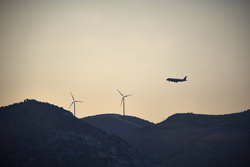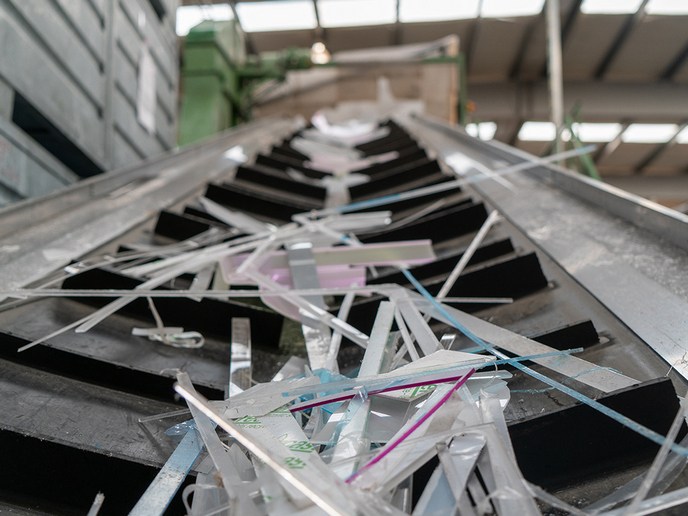Decreasing wind turbine interference with traffic control radars
The EU has targeted a 20 % contribution of RES to overall energy supply by 2020 and 100 % by 2050. Wind turbine installations are increasingly contributing to energy supply in the EU. However, the large size of the turbine blades and their rotational motion has a detrimental effect on civilian radar, raising concerns about the safety of aircraft and marine navigation in the neighbourhoods of onshore and offshore wind farms. The EU-funded project OSGRAM(opens in new window) developed a novel radar-absorbing material (RAM) that is more cost effective and better performing than current RAMs. To achieve this, scientists exploited an intrinsically conductive polymer (ICP), polyaniline. The key to achieving related goals was in the development of a continuous polymerisation process (continuous oscillating baffled reactor (COBR) technology) never before achieved with polyaniline. Enhanced control of polymerisation enabled scientists to tailor its properties for radar absorption at frequencies used by air traffic control and marine navigation. Preliminary tests demonstrate promising microwave absorption and attenuation in the frequency bands of interest. The innovative RAMs can be utilised in the tower, nacelle (housing the gearbox, generator, drive train, etc.) and the blades themselves. OSGRAM technology is poised to help wind farm stakeholders gain approval for their installation applications, increasingly near main shipping lanes and flight paths due to space limitations. Enhancing the contribution of wind energy to the EU's renewable alternatives will be an important step towards utilising purely eco-friendly energy sources for our needs.







